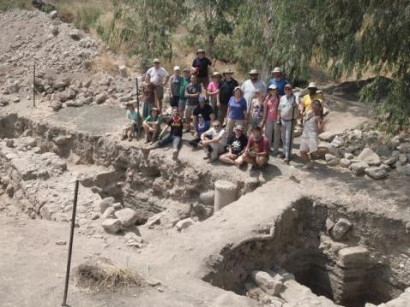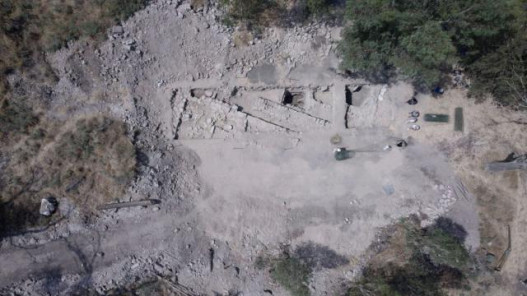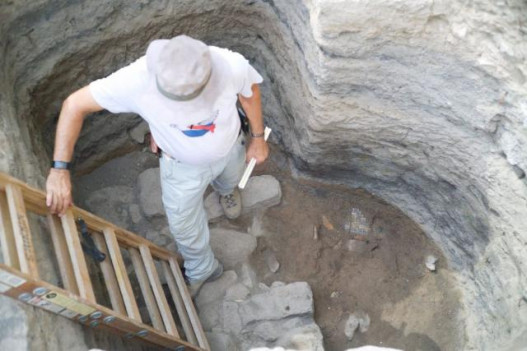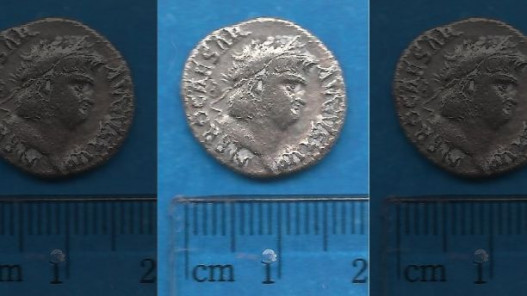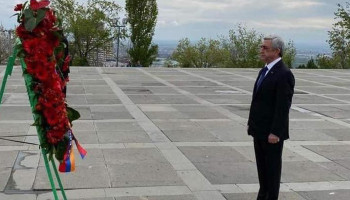Archaeologists think they may have found the lost Roman city of Julias, the home of three apostles of Jesus: Peter, Andrew and Philip (John 1:44; 12:21). A multi-layered site discovered on the northern shore of the Sea of Galilee, in the Bethsaida Valley Nature Reserve, is the spot, the team believes.
The key discovery is of an advanced Roman-style bathhouse. That in and of itself indicates that there had been a city there, not just a fishing village, Dr. Mordechai Aviam of Kinneret College told Haaretz.
None other than the Jewish historian Josephus Flavius – in fact the only source describing this city's existence – wrote that the Jewish monarch King Philip Herod, son of the great vassal King Herod, transformed Bethsaida, which had been a Jewish fishing village, into a real Roman polis (Ant. 18:28. Though whether it was built on Bethsaida, or by it, remains unknown.)
Philip flatteringly renamed the city "Julias" after Livia Drusilla, who after marriage would become known as Julia Augusta, the mother of the Roman Emperor Tiberius.
"Josephus reported that the king had upgraded Bethsaida from a village into a polis, a proper city," Aviam says meticulously. "He didn't say it had been built on or beside or underneath it. And indeed, all this time, we have not known where it was. But the bathhouse attests to the existence of urban culture.Josephus himself would take over fortifying Bethsaida's defenses (as reported by himself) ahead of the Great Jewish Revolt against Rome that began in 67 C.E., and would end in disaster for the Jews in 70 C.E. Josephus himself claims to have been hurt in battle in the swamp near Julias (Life 399-403).
There are actually three candidates for Julias: this one, called el-Araj; and two nearby sites by the lake. After unexpectedly finding the bathhouse and other Roman-era remains below the (previously known) Byzantine ruins at the site, the archaeologists think this site, at the delta of the River Jordan on the northern shore of the Sea of Galilee, is the strongest candidate.
What the archaeologists found at el-Araj is an older layer dating from the late Roman period, the 1st to 3rd centuries C.E., two meters below the Byzantine level. That Roman layer contained pottery sherds from the 1st to the 3rd centuries B.C.E., a mosaic, and the remains of the bathhouse. Two coins were found, a bronze coin from the late 2nd century and a silver denarius featuring the Emperor Nero from the year 65-66 C.E.
